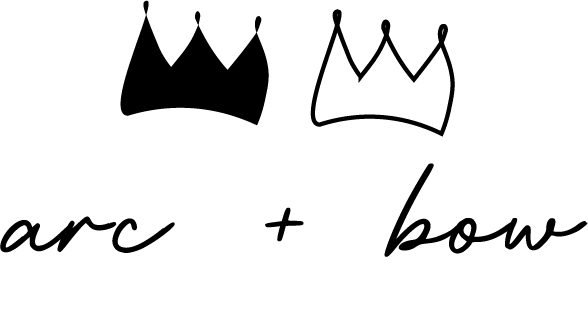The accessory that’s had a chokehold on us all. She’s been here, and she’s not going anywhere.
Let us put to rest the idea that bows “are back,” or that they are “a trend.”
We love to live in a now-centric world. We perceive our trends, and our experience of the ebbs of flows of fashion as occurring only in the small fragment of time we exist in, often overlooking the long history that preceded us.
In the canon of fashion history, few design elements weave together elegance, femininity, and playfulness quite like the bow. Although an exact date of inception is not known, research suggests the origin of the bow as we know them today dates back to ancient Egyptian, Aztec, Greek, and Sumerian times. Since then, the bow has undergone evolutions and iterations, but remains a timeless detail that continues to captivate designers and consumers alike.
Early bows were typically made of materials like leather, metal, or fabric, and served both practical and decorative purposes.


In medieval Europe, bows manifested in garments as elaborate embroidery and trimming to symbolize wealth and status.
I've read in multiple sources, an origin story that brought bows to the forefront of contemporary fashion in 1680's France.
The Marquise de Fontange, one of Louis XIV’s mistresses is rumored to have lost her hat when she was riding a horse. In a moment of panic, because it was considered at the time immodest for a woman to be seen with loose hair, Fontange tied her hair up using a ribbon she pulled off her dress. It sounds cinematic, so I'd like to believe it's true.

In the 18th century, bows were commonly found on the extravagant gowns of European aristocratic women. Men also embraced the bow, incorporating it into their attire through bow ties, cravats, and ribbon embellishments on coats and waistcoats. As fashion evolved through the centuries, the bow transitioned from being a symbol of status to a versatile accessory for anyone looking to embrace the delicate femininity and whimsical innocence it embodies.
 ("Marie Antoinette with a Rose" 1783)
("Marie Antoinette with a Rose" 1783)


Yes I know it's a movie, but the costume design by Milena Canonero is just too good. It must be historically accurate right?
In the 20th century, iconic designers such as Coco Chanel, Christian Dior, and Yves Saint Laurent reimagined the bow, making it a trademark of their classic feminine style and timeless elegance.




Fast forward to the present day, and the bow continues to reign supreme on the runways of the most prestigious fashion houses, on the red carpet, and in streetwear. Let’s take a look at a few iconic bow moments (aka bowments) as of late.






We're just having fun.
Throughout history, designers have been finding innovative ways to incorporate the bow into their collections, each offering their take on a classic motif.
Whether they're adorning our hair, handbags, or garments, bows have an undeniable ability to transcend trends and seasons. We won’t be untying them anytime soon.

